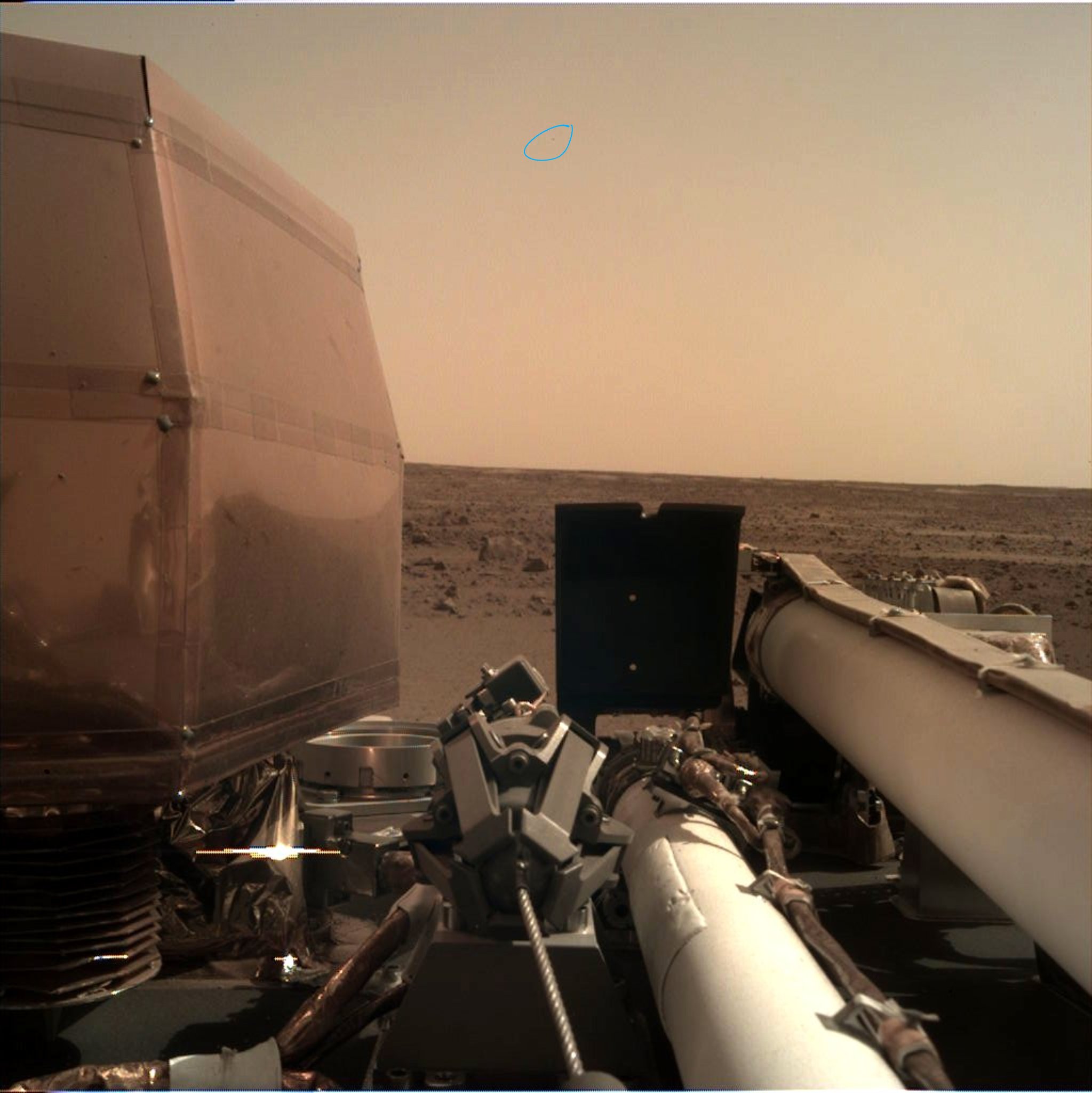After seven months of traveling through space, the NASA InSight mission has landed on Mars. A few minutes after landing, InSight sent the official “beep” to NASA to signal that it was alive and well, including a photo of the Martian surface where it landed.
Mission Control at NASA’s Jet Propulsion Laboratory exploded into celebratory applause and cheers after the touchdown was confirmed. The landing was watched around the world and even broadcast live on the Nasdaq Stock Market tower in New York City’s Times Square.
During a post-landing NASA press conference, the astronauts on the International Space Station called down to congratulate the mission team and said they “got some goosebumps” watching the coverage.
“Today, we successfully landed on Mars for the eighth time in human history,” NASA Administrator Jim Bridenstine said. “InSight will study the interior of Mars and will teach us valuable science as we prepare to send astronauts to the Moon and later to Mars. This accomplishment represents the ingenuity of America and our international partners, and it serves as a testament to the dedication and perseverance of our team. The best of NASA is yet to come, and it is coming soon.”
Bridenstine said that Vice President Mike Pence called to congratulate the entire team.
InSight, or Interior Exploration using Seismic Investigations, Geodesy and Heat Transport, is going to explore a part of Mars that we know the least about: its deep interior. It launched May 5. InSight will spend two years investigating the interior where the building blocks below the planet’s surface recorded its history.
To reach Mars, InSight cruised 301,223,981 miles at a top speed of 6,200 miles per hour in space, followed by two cube satellites. The suitcase-size spacecraft, called MarCO, are the first cube satellites to fly into deep space. MarCO shared data about InSight when it entered the Martian atmosphere for the landing.
“We’ve studied Mars from orbit and from the surface since 1965, learning about its weather, atmosphere, geology and surface chemistry,” said Lori Glaze, acting director of the Planetary Science Division in NASA’s Science Mission Directorate. “Now we finally will explore inside Mars and deepen our understanding of our terrestrial neighbor as NASA prepares to send human explorers deeper into the solar system.”




